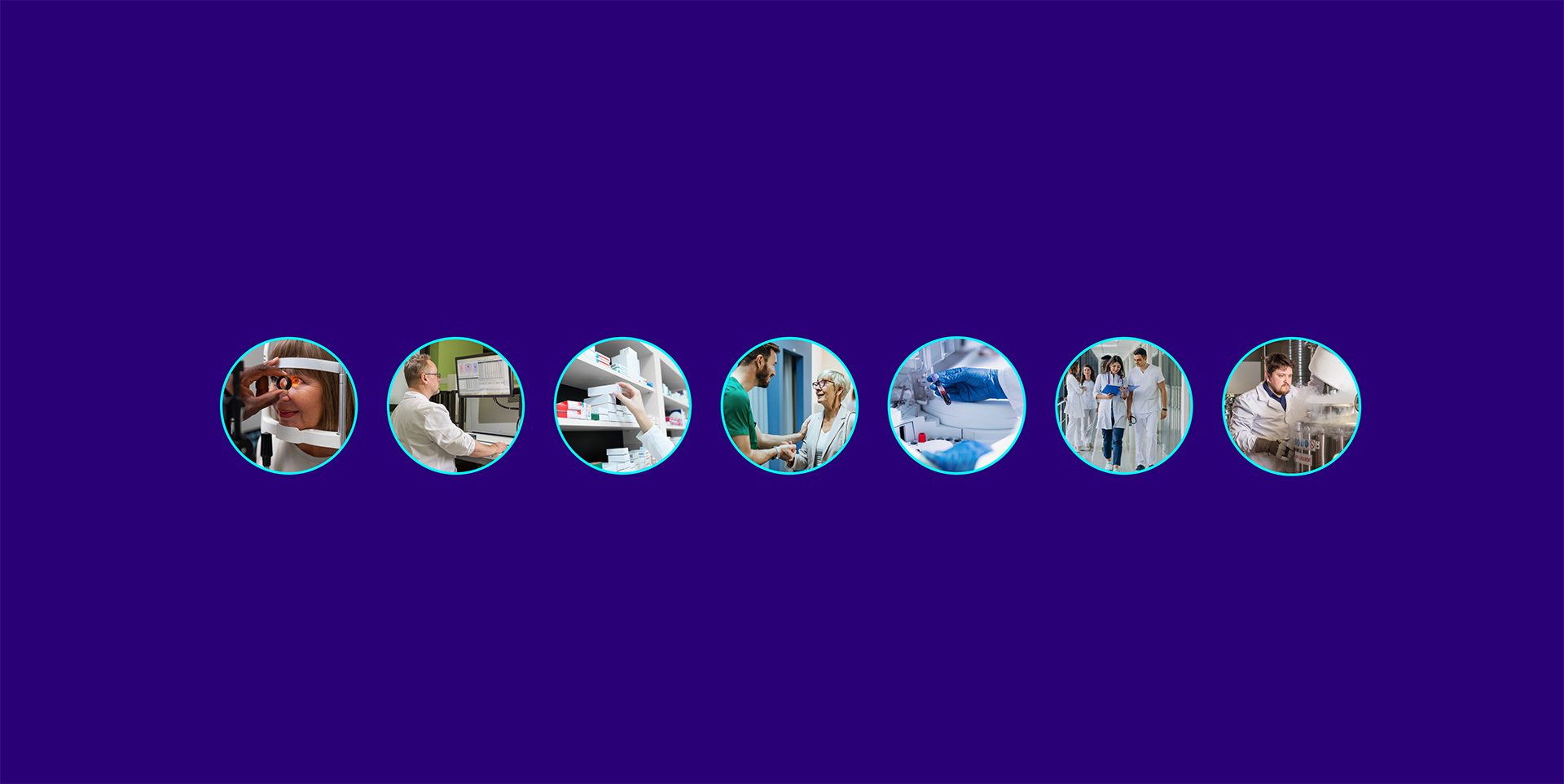
Scientific publications

The Estonian Biobank’s Journey from Biobanking to Personalized Medicine.
Nature Communications, 16, 3270 (2025)
DOI: 10.1038/s41467-025-58465-3
Authors
Lili Milani, Maris Alver, Sven Laur, Sulev Reisberg, Toomas Haller, Oliver Aasmets, Erik Abner, Helene Alavere, Annely Allik, Tarmo Annilo, Krista Fischer, Robin Hofmeister, Georgi Hudjashov, Maarja Jõeloo, Mart Kals, Liis Karo-Astover, Silva Kasela, Anastassia Kolde, Kristi Krebs, Kertu Liis Krigul, Jaanika Kronberg, Karoliina Kruusmaa, Viktorija Kukuškina, Kadri Kõiv, Kelli Lehto, Liis Leitsalu, Sirje Lind, Laura Birgit Luitva, Kristi Läll, Kreete Lüll, Kristjan Metsalu, Mait Metspalu, René Mõttus, Mari Nelis, Tiit Nikopensius, Miriam Nurm, Margit Nõukas, Marek Oja, Elin Org, Marili Palover, Priit Palta, Vasili Pankratov, Kateryna Pantiukh, Natalia Pervjakova, Natàlia Pujol-Gualdo, Anu Reigo, Ene Reimann, Steven Smit, Diana Rogozina, Dage Särg, Nele Taba, Harry-Anton Talvik, Maris Teder-Laving, Neeme Tõnisson, Mariliis Vaht, Uku Vainik, Urmo Võsa, Burak Yelmen, Tõnu Esko, Raivo Kolde, Reedik Mägi, Jaak Vilo, Triin Laisk & Andres Metspalu
Abstract
Large biobanks have set a new standard for research and innovation in human genomics and implementation of personalized medicine. The Estonian Biobank was founded a quarter of a century ago, and its biological specimens, clinical, health, omics, and lifestyle data have been included in over 800 publications to date. What makes the biobank unique internationally is its translational focus, with active efforts to conduct clinical studies based on genetic findings, and to explore the effects of return of results on participants. In this review, we provide an overview of the Estonian Biobank, highlight its strengths for studying the effects of genetic variation and quantitative phenotypes on health-related traits, development of methods and frameworks for bringing genomics into the clinic, and its role as a driving force for implementing personalized medicine on a national level and beyond.
Pathway level metabolomics analysis identifies carbon metabolism as a key factor of incident hypertension in the Estonian Biobank
Scientific Reports 15, 8470 (2025)
DOI: 10.1038/s41598-025-92840-w
Authors
Liis Hiie, Anastassia Kolde, Natalia Pervjakova, Anu Reigo, Estonian Biobank Research Team, Erik Abner, Urmo Võsa, Tõnu Esko, Krista Fischer, Priit Palta & Jaanika Kronberg
Abstract
The purpose of this study was to find metabolic changes associated with incident hypertension in the volunteer-based Estonian Biobank. We used a subcohort of the Estonian Biobank where metabolite levels had been measured by mass-spectrometry (LC-MS, Metabolon platform). We divided annotated metabolites of 989 individuals into KEGG pathways, followed by principal component analysis of metabolites in each pathway, resulting in a dataset of 91 pathway components. Next, we defined incident hypertension cases and controls based on electronic health records, resulting in a dataset of 101 incident hypertension cases and 450 controls. We used Cox proportional hazards models and replicated the results in a separate cohort of the Estonian Biobank, assayed with LC-MS dataset of the Broad platform and including 582 individuals. Our results show that body mass index and a component of the carbon metabolism KEGG pathway are associated with incident hypertension in both discovery and replication cohorts. We demonstrate that a high-dimensional dataset can be meaningfully reduced into informative pathway components that can subsequently be analysed in an interpretable way, and replicated in a metabolomics dataset from a different platform.

